
5 Drills to Do with a Swim Snorkel
Drills with a swim snorkel are one of the best ways to maximize engagement and skill development. Here are five swim snorkel drills to try for faster swimming.
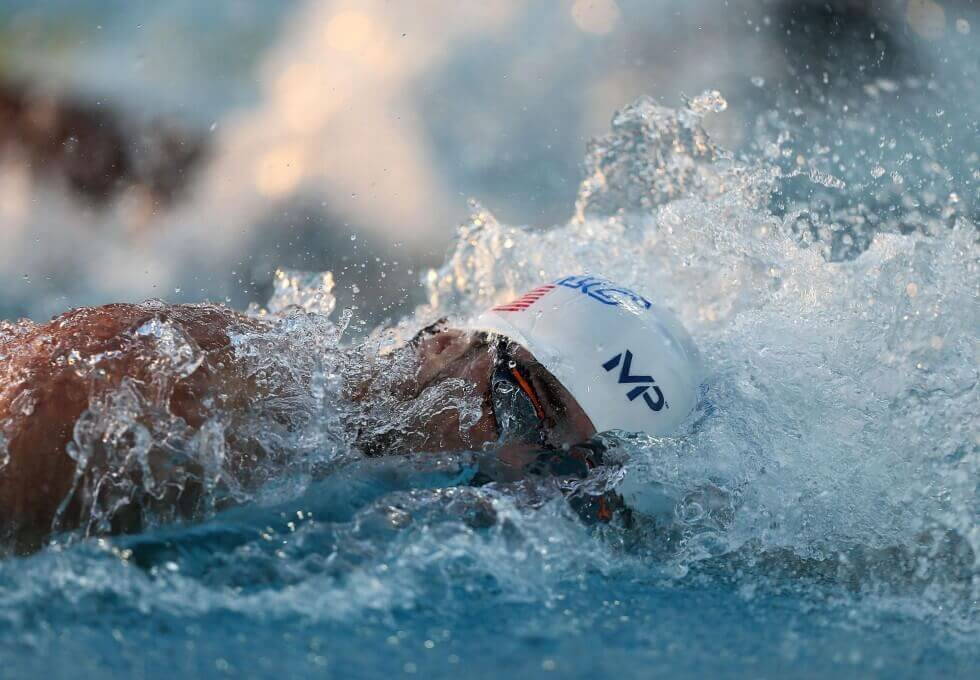
Fast swimmers are fast kickers. Here are 3 freestyle kick drills to level up your freestyle swimming.
There are fewer things more impressive than watching a swimmer with a powerful kick. The fluidity, power and flexibility come together to create a smooth, effortless performance.
Whether you are a distance swimmer or a sprinter a strong kick is essential for an efficient and powerful freestyle stroke. It promotes better body position, provides a measure of propulsion, and for you gallop-stroke freestylers it can help maintain speed between strokes.
Listed below are three versatile freestyle kick drills for you to add to your training. As with anything, start slowly, focusing on proper form and steadily progress in volume and intensity.
The following drills can be done with a kickboard, or not.
If you have level 10 swimmer’s shoulder than putting your arms out in front of you for extended periods of time is pretty much the worst.
Another downside of using a kickboard? It limits hip rotation. That being said, good luck prying my big, ugly green kickboard out of my hands!
The following drills can be done with a snorkel in a streamline. With a kickboard. Or with your arms at your side. Adapt the drills to your goals, your conditioning levels and what you are currently capable of.
Kicking with a single leg has a couple magical benefits:
It emphasizes the up-kick.
With only one leg going you have to really focus on both the up and down phases of the kick. It discourages the lazy up-kick because you will notice a significant decrease in propulsion when you slack on the up-kick portion of your kick.
In order to motor along at a consistent pace and not be starting-and-stopping in the water you need to apply just as much force within both phases of the kick.
It emphasizes an engaged core.
Single leg kick also has the benefit of added core engagement. Keeping your non-working leg straight, as well as keeping your direction in the pool, requires you to engage that core of yours. And yes, core strength is important for swimmers.
I love routinely adding 1,000-1,500m of straight single leg kicking with fins on during my recovery sessions.
Vertical kicking is versatile, and can be used by the complete noob and the Olympic champ. It also doesn’t require a lap pool; all you need is a really tall bucket.
Anytime the local lap pool is a bubbling cauldron of swimmers I migrate over to the deep end and do some vertical kicking until either the lanes clear out or my legs are shot. Either way, great success!
Michael Phelps used vertical kicking (along with a 20lb weight belt on) in his preparation for the Beijing Games, doing rounds and rounds of :50 seconds, :10 seconds off to help strengthen his dolphin kick, but we can use it just as easily in order to improve our freestyle kick.
Variations:
The top swimmers in the world kick fast and narrow. Most swimmers resort to a lazy scissor kick when they are swimming, with their legs having the tendency to drop and hang there, causing unnecessary drag.
A simple kicking drill you can use to improve foot speed in the water, steadily build that narrow kick, and build a kick that is relevant to your swimming, is to kick small and narrow.
I call it “mail slot” kicking, because the idea is to keep your body line so straight that if there was a mail slot hanging on the surface of the water you could kick your slim profile right through it.
The important keys to performing this drill correctly:
Improving your kick isn’t some sort of mystery, and isn’t something that is solely reserved for the top athletes in the sport. Like just about anything else in the pool, all it takes is consistent, focused effort.
Try these freestyle kick drills out the next time you hit the water and motor your way to faster swimming.
6 Best Swimming Kickboards for Kids. Looking for the best swim kickboards for kids and toddlers? Here is a complete breakdown of the top kickboards for every kind of kid.

Olivier Poirier-Leroy Olivier Poirier-Leroy is the founder of YourSwimLog.com. He is an author, former national level swimmer, two-time Olympic Trials qualifier, and swim coach.
✅ Free shipping on Orders over $49
✅ Price Match Guarantee
✅ Best selection of gear for training and competition
✅ Fast and Easy Returns

“This is the best book I have ever seen concerning mental training.” — Ray Benecki, Head Coach, The FISH Swim Team


Drills with a swim snorkel are one of the best ways to maximize engagement and skill development. Here are five swim snorkel drills to try for faster swimming.
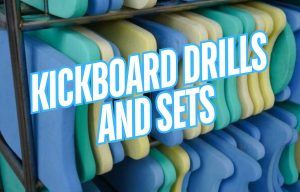
Looking to add some flavor to your kick sets and workouts? Here are some kickboard drills swimmers can use for faster swimming.
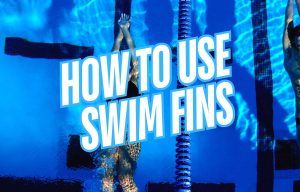
Swim fins are one of swimmers’ weapons for faster swimming. Here’s how to use them smartly for improving technique, power, and speed.
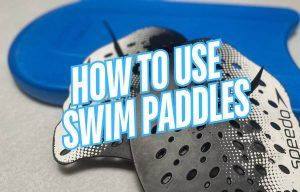
Learn how to properly use swim paddles for speed, strength and technique in the water while avoiding common paddle mistakes. Swim on! Swim paddles are one of the most popular tools that swimmers use to go faster, get stronger, and build better and more efficient technique. They are also a
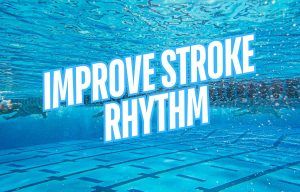
Looking to develop a more fluid and rhythmic stroke? Here are some tips and tools for improving stroke rhythm.

The kickboard is one of the most common swim tools on the pool deck. Here are seven ways to get the most of the old school kickboard for improved swim workouts and faster swimming.
SITE
SHOP
GUIDES

LANE 6 PUBLISHING LLC © 2012-2025
Join 33,000+ swimmers and swim coaches learning what it takes to swim faster.
Technique tips, training research, mental training skills, and lessons and advice from the best swimmers and coaches on the planet.
No Spam, Ever. Unsubscribe anytime.
